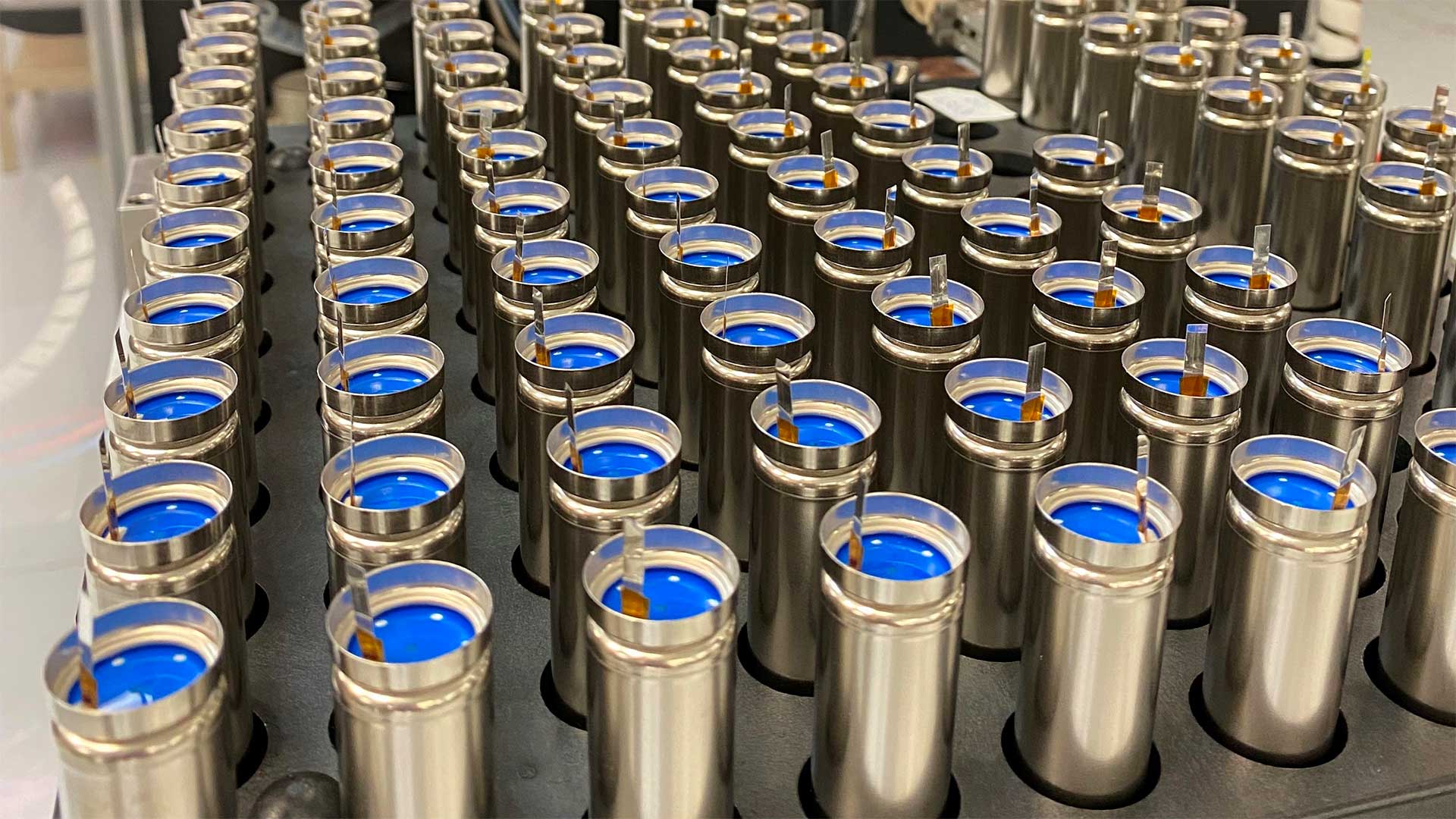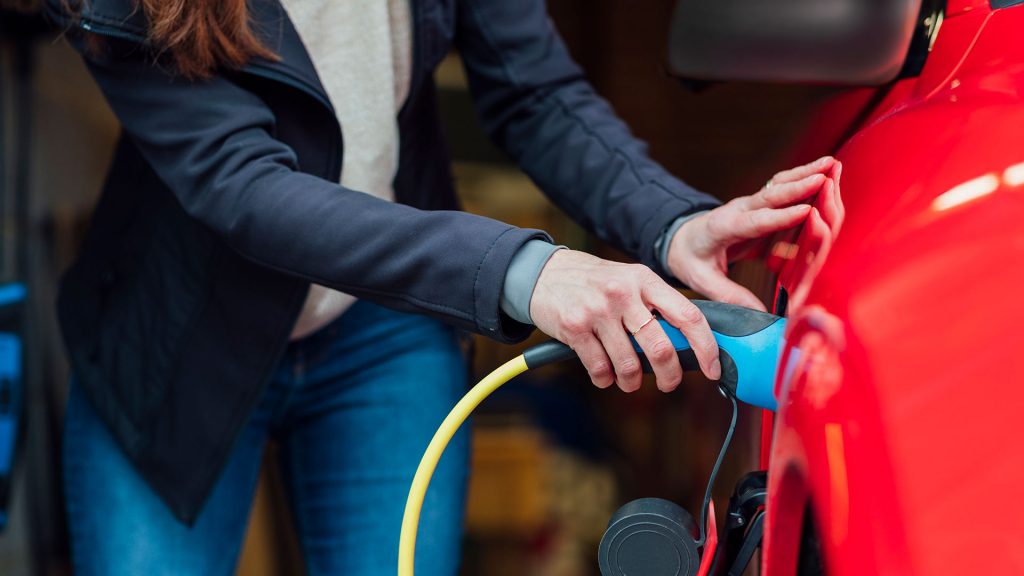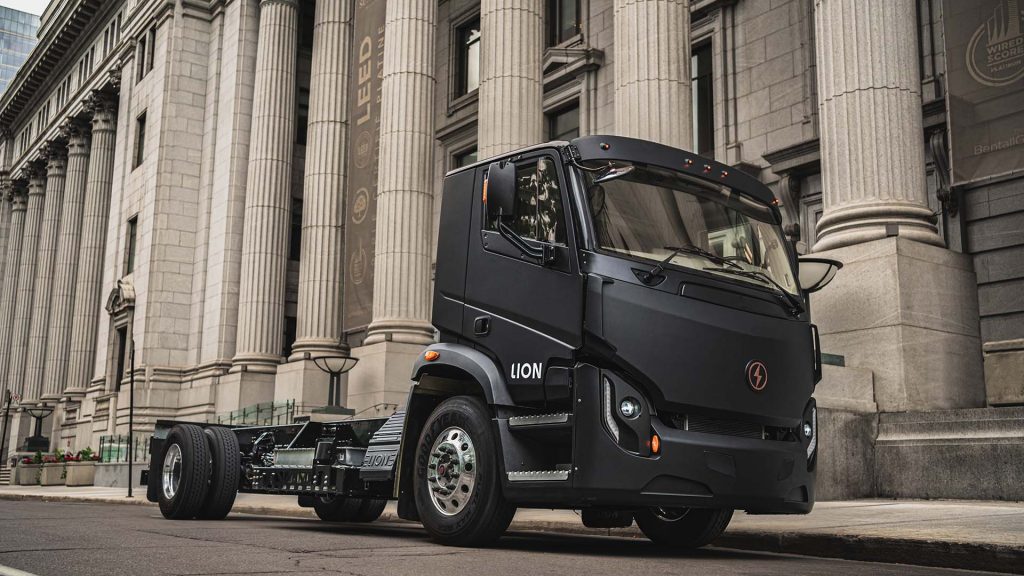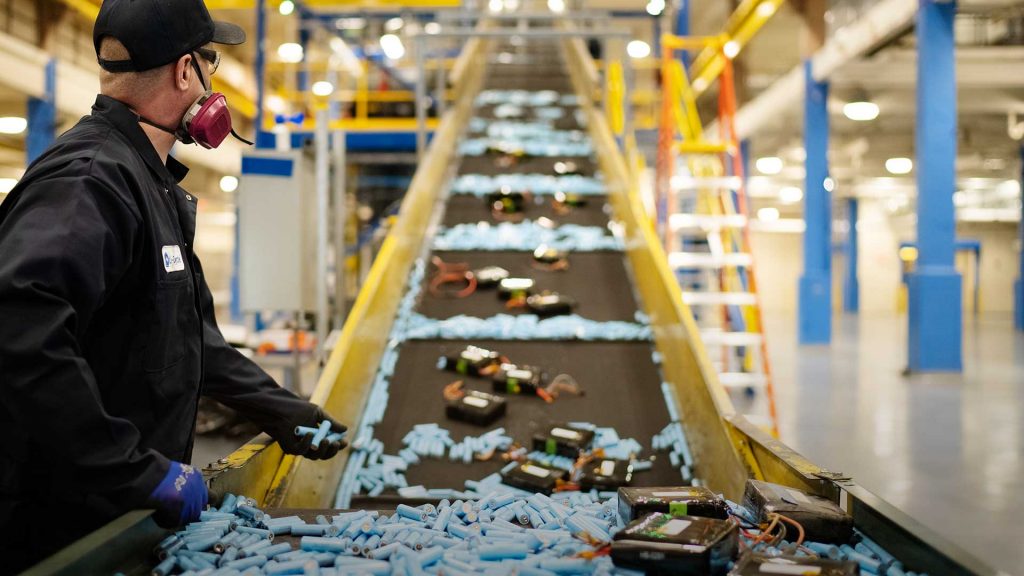
Canada has the blueprint for a battery-powered future
In The Race To Improve Lithium-Ion, Canada Is Leading The Pack
The ubiquitous lithium-ion battery is the unsung hero of decarbonization. The same basic design that powers your smartphone and laptop is hidden inside your new electric vehicle (EV). It’s an impressive evolution for technology debuted in the early 1990s. But as we accelerate towards our low-carbon future, the world needs better batteries – more powerful, and more cost efficient.

Nano One Materials Corp. is a Canadian technology company developing the “next generation of EV batteries,” says Stephen Campbell, Chief Technology Officer. The company has already developed a patented One-Pot process that “takes all the battery metals that go into the Cathode Active Materials – lithium, cobalt, manganese and nickel – and makes them all into one precursor, which is then fired to make the active material.”
Further technologies are in Nano One’s pipeline, along with a growing list of OEM partners like Volkswagen and materials companies like CBMM. But this One-Pot process already radically cuts the cost, and environmental footprint, of cathode production. With the cathode comprising the most expensive component of an EV battery, cost-cutting technologies like these are crucial to electrifying transport.
Cutting the cost of kWh
Thanks to the cost of electricity relative to gasoline, EVs are already considered cheaper over their lifespan than internal combustion equivalents. But the sticker price remains a barrier. For EVs to fully displace current vehicles, the up-front cost must come down. With the battery comprising the largest chunk of an EV’s price, that means reducing the cost per kilowatt hour (kWh) – generating more energy out of cheaper batteries. Currently around $110/kWh, analysts predict EVs will reach price parity with traditional gas-powered cars at $100/kWh.
Efforts are focused on replacing the scarcest, most expensive materials with cheaper, more abundant alternatives. Led by early Canadian Li-ion innovator Jeff Dahn, Tesla’s battery team has a recipe close to commercialization that reduces battery cost well below the $100/kWh parity threshold. Another Canadian-based team at Montreal’s McGill University is working on developing a cathode made of lithium, iron and silicate (LFS) – abundant materials available in Canada. Funded by Canada’s Natural Sciences and Engineering Research Council and supported by energy utility Hydro-Québec, the formula developed at McGill’s HydroMet research group opens the door to shorter supply chains from mining to manufacture, further reducing the battery cost.

The solid-state frontier
HydroQuébec is also heavily involved in the next frontier of EV energy: Solid-state batteries (SSB). Current Li-ion batteries typically feature a liquid electrolyte sandwiched between the cathode and anode, with a polymer separator preventing short-circuit. The design risks catching fire with the wrong materials but is rendered safe with stable graphite anodes.
Replacing the liquid electrolyte with a solid alternative is seen as the game-changing unlock for more conductive anode materials, such as silicon and lithium, which could break the 250 W h/kg energy density ceiling of current EV Li-ion designs, achieving up to 560 W h/kg – effectively doubling EV range while using cheaper materials. HydroQuébec already has working SSBs, which it expects to commercialize around 2025-2027.
And Canada already hosts the only commercial SSB company in the world – Blue Solutions – which provides cobalt- and nickel-free SSBs for buses, logistics vehicles, and mining equipment; vehicles large enough to carry a plus-sized battery. The company is working on reducing its product size to fit a car sized EV, expecting to launch as soon as 2026.
Designed to recycle
One prominent feature of Blue Solutions’ SSBs is their ready recyclability. That this product should emerge in Canada is no surprise given the EV ecosystem developing in the country. Canada is the only country in the world capable of building EVs end-to-end. It is also home to a burgeoning Li-ion battery recycling sector.
As battery formulations change, it is vital that developers can work with EV manufacturers and recyclers to ensure the batteries and their materials can be reused – something seen as a crucial aspect in ensuring EVs and the wider electrification of the global economy will remain sustainable past 2050.
And although batteries are the principal focus of EV development, supporting innovations will continue to improve their operation. For example, the University of Toronto’s Electric Vehicle Research Centre (UTEV) is working on substantially improving the efficiency of EV powertrains – the component that converts the battery’s energy into physical movement.

The future of batteries is Canadian
The electrification of the global economy depends on better batteries, designed for everything from unlocking the economics of EVs to the electrification of heavy industry and shipping and providing the storage solutions to exclusively use renewable energy.
Taiwanese-based E-One Moli Energy Corporation operates an R&D facility in Maple Ridge, British Columbia, with plans to bring manufacturing back to B.C. It focuses on a range of applications, including high power consumer electronics such as portable vacuums, power tools, home & garden, energy storage, medical, e-mobility and more.
The company has plans to bring manufacturing back to B.C., as well, citing the country’s skilled labor force and quality workmanship as major attractions. Frank So, Executive Vice President of E-One Moli Energy, said the company is proud to put “Made in Canada” on its products.
Canada’s world-beating researchers are already fielding the solutions we need to take the leap into the next generation of batteries. And it has the skills and resources to build them. In short? Canada is showing the world what a battery-powered future could look like.
Read more








